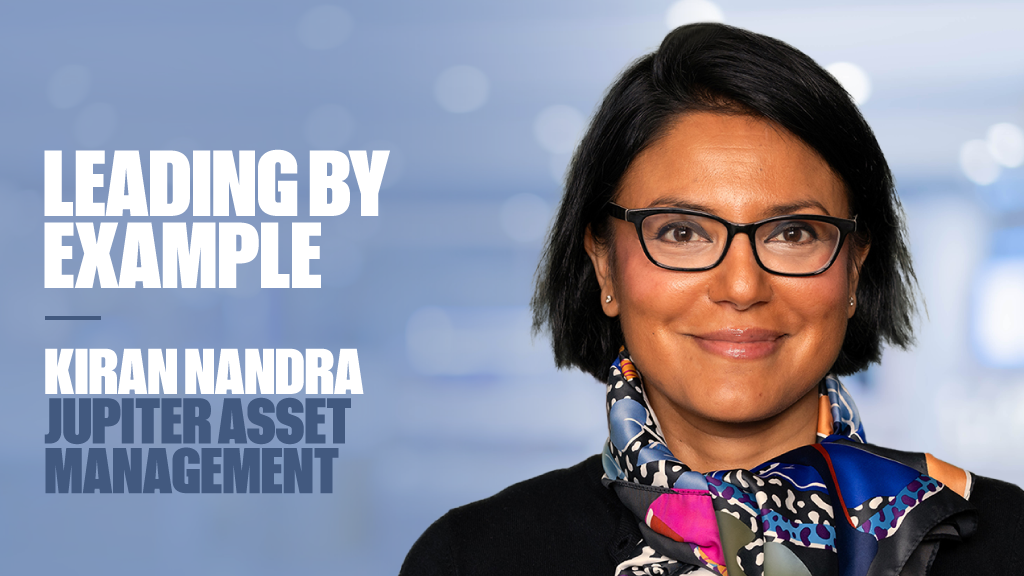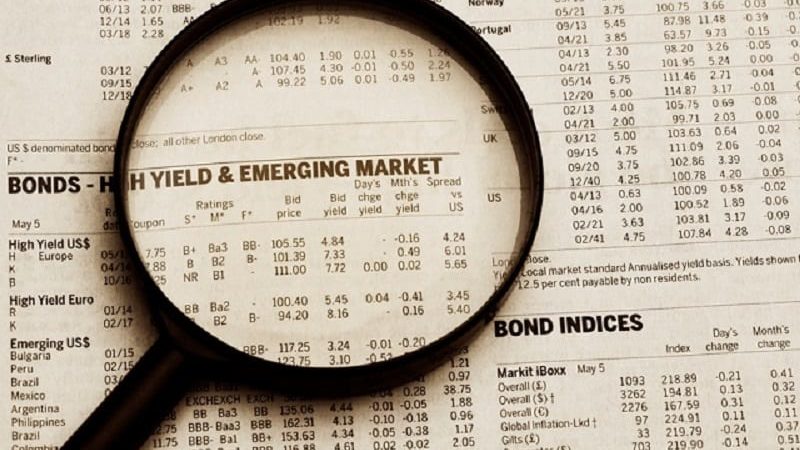Emerging market debt (EMD) funds are yet to reverse net outflows despite outperforming their sovereign bond peers, according to a Morningstar study.
According to Morningstar data, emerging market bond and high-yield indices have outperformed other fixed-income sectors, such as government bond and investment-grade, from the start of 2023 to the first quarter of 2024.
However, the sector has been hit hard by outflows over the last two years. 2022 saw one of the most aggressive sell-offs in fixed income markets in recent decades, with investors pulling a net €11.4bn from funds in Morningstar’s Global Emerging Markets Bond index. Central banks hiked interest rates in an attempt to tame high inflation, exacerbated by geopolitical concerns amid the Russian invasion of Ukraine.
Despite performance picking up, investors withdrew a further €2.9bn in 2023. However, according to Morningstar estimates for Q1 of 2024, net outflows have been stemmed and are almost neutral.
Evangelia Gkeka, Morningstar senior manager research analyst, said: “Although emerging markets have outperformed other segments of fixed-income markets, they have continued seeing net outflows as investors have shown a preference to return to lower-risk and higher-rated parts of the market.
“However, flows seem to have stabilised in early 2024, and some emerging-markets managers we cover started seeing net inflows and were recently awarded new segregated mandates by institutional investors.”
See also: Janus Henderson: Monetary policy divergence offers opportunities in European credit and EMD
Among the cohort of EMD funds holding a Morningstar ‘Medalist’ rating, Vontobel Fund—Emerging Markets Debt was highlighted by Gkeka for its 5.6% return in Q1, outperforming its peers by 4.4%. Morningstar attributed the outperforamnce to bond selection and country selection.
She added: “Although emerging-markets bond managers need to be mindful of idiosyncratic issuer risks, yields currently are at materially higher levels compared with the recent past, and more and more emerging-markets central banks have started cutting interest rates and are ahead of central banks in developed markets.
“Most managers expect emerging markets to achieve stronger growth than developed markets in the near to medium term, but growth diverges from region to region. Despite slowdown concerns surrounding China, Asia remains the main growth engine. The Eastern European outlook is more mixed with the ongoing war in Ukraine being a key risk.
“In Latin America, there is significant divergence from country to country, but the overall outlook is positive. Latin America and Asia have been more successful in bringing down inflation compared with Eastern Europe. That said, the recent spike in geopolitical tensions and higher commodities prices could lead to higher near-term inflation in emerging markets.”











